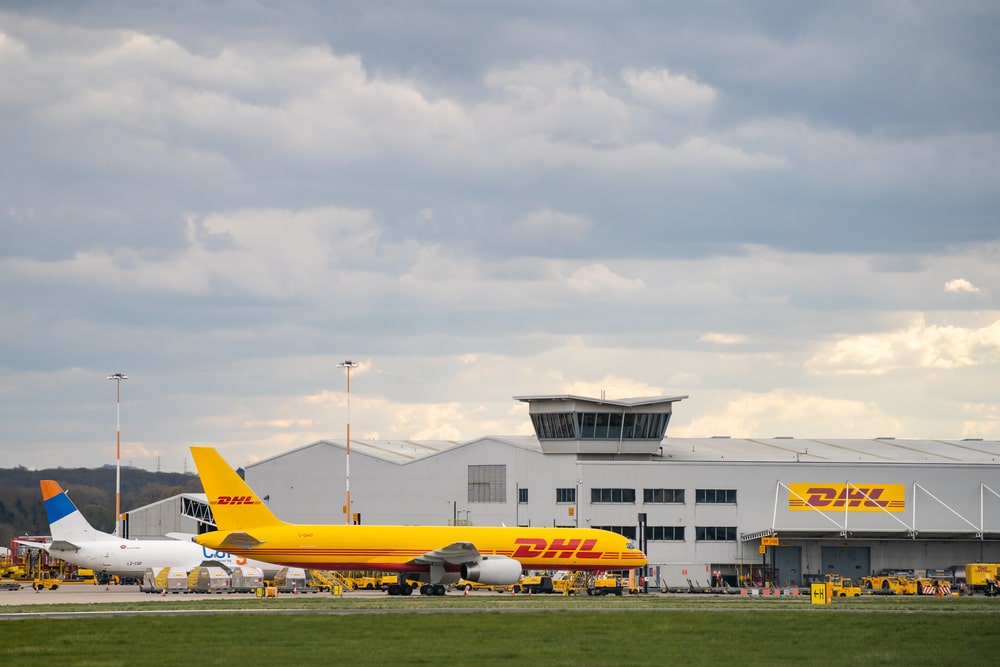
Air freight prices are doubling on key routes connecting Chinese manufacturers to US and European consumers, as companies seek to work around the global port congestion and supply chain delays.
Prices on routes from Shanghai to North America reached $14 per kilogram for the first time recently, up from $8/kg at the end of August, and up from the previous record of $12 at the start of the pandemic in early 2020 according to the Financial Times.
Similarly, there were rate rises from Hong Kong to Europe and US and along the transatlantic route from Frankfurt to North America, according to data from Baltic Exchange Air Freight Index and TAC Freight Cargo data providers.
Fashion and consumer goods were the most popular items transported by air freight as companies rushed to secure their products for the Christmas rush. Components such as semiconductors and medical equipment such as PPE and COVID-19 tests were also popular according to the FT.
The large hike in the air freight rate is a supply and demand issue. Demand for air freight has soared mainly because of global port congestion. For example, at LA port which accounts for 40% of Chinese imports into the USA, around 75 container ships are waiting to deck at the port, according to Kuehne + Nagel, a logistics group.
Therefore, it is no surprise to learn that major trading hubs are doing good business. East Midlands Airport, which is a major UK freight hub, is expecting to handle 470,000 tons of goods this financial year, up from 370,000 tons in pre-pandemic times.
Secondly, the grounding of passenger planes, which is responsible for carrying half of the world’s air cargo, has created a large supply issue. Many airlines are opting for using their planes on leisure routes rather than major trading routes, meaning that the availability of planes for air freight is reduced.
The industry is still 13% down on 2019’s capacity level according to Marco Bloemen, a cargo advisory lead at Seabury Consulting speaking to the FT. Bloemen’s analysis states that demand has risen by 6% in that same time period, creating a deficit of 20% between supply and demand.
“This year’s disruptions have revealed big holes in data on who is making what, where and when, and how it is getting transported” writes Alan Beattie in the FT’s Trade Secrets Newsletter.
It is exactly this approach of understanding a corporate’s business trading network that some companies are undertaking. Unipart, a UK logistics company is one of these companies.
“You can start teaching the system to use data about container usage and locations, port congestion, vehicle movements, driver shortages and raw materials…. You then have far more information to manage and plan delivery lead times than before”, says Unipart, Boss John Neill speaking to the FT.
Despite the numerous machine-learning techniques, there is still the bottom-line which is that higher supply costs will ultimately lead to higher prices for consumers. Prices that will add inflationary pressures on economies already suffering from the financial losses caused by the pandemic.
“There are two clear impacts [from the air freight rates increases] – availability will be lower and what you have got is going to be more expensive”, concludes Bharat Ahir, CEO of 28one, a supply chain consultancy.

Related Articles
Aviation
Aviation
Aviation